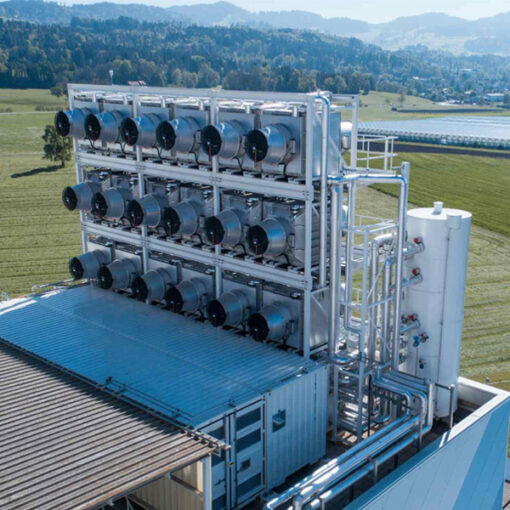
This week, the Sabin Center and a group of scientists with expertise on carbon capture and sequestration (“CCS”) technologies submitted comments on EPA’s proposal to weaken the CO2 performance standards for new coal-fired power plants. As discussed in a previous blog post, the current standards, which were promulgated in 2015, reflect the emissions reductions that can be achieved by using post-combustion CCS technologies to capture and store a percentage of the CO2 emissions generated (16-23% depending on the type of coal used). This decision was based on EPA’s determination that partial CCS was adequately demonstrated, technically feasible, and widely available. EPA is now proposing to change course on its CCS feasibility determination and to issue standards that do not account for the emissions reductions achievable through CCS – and as a result, the proposed standards are significantly weaker than the 2015 standards.
Our comment letter addresses the scientific validity of EPA’s new position, focusing on some of the erroneous conclusions reached by EPA with respect to the feasibility and geographic availability of partial CCS for coal-fired power plants. The letter summarizes the technical basis for EPA’s original CCS determination, drawing from an amicus brief that we submitted on behalf of CCS experts in the lawsuit challenging the initial rule. Two key points made therein are that:
- CCS technologies have been proven through decades of experience in industrial applications and are now being successfully deployed on a large scale to capture and permanently store CO2 emissions from power plants. In particular, all components of the CCS system which served as the basis for the 2015 rule (post-combustion capture, pipeline transport, and storage in deep saline reservoirs) have been adequately demonstrated.
- Projects that are currently in operation today show that it is possible to store CO2 emissions from power plants at a scale even larger than that contemplated by the 2015 rule. These include the Boundary Dam facility in Canada and the Petra Nova facility in the United States.
In addition, the comment letter addresses some of EPA’s revised findings on the geographic availability of CCS, specifically that:
- Contrary to EPA’s new analysis, geologic sequestration of CO2 in saline reservoirs is technically feasible and saline storage reservoirs are widely available throughout the United States. NETL has estimated that the total storage capacity of saline formations in the U.S. ranges from 2,379 – 21,633 billion tons CO2. This is an enormous amount of storage capacity; as a point of comparison, total U.S. CO2 emissions in 2017 were approximately 5.3 billion tons.
- EPA lacked a basis for concluding that the water requirements for CCS would reduce the overall geographic availability of CCS to the extent that the 2015 standards are unreasonable. While it is true that most existing CCS systems require a substantial amount of water to operate, these water requirements are much smaller than the overall water requirements for a new coal-fired power plant, and there is no evidence that the marginal increase in water requirements would play a significant role in siting decisions for new power plants.
Finally, the letter addresses EPA’s claims about the performance at the Boundary Dam and Petra Nova facilities. EPA cited performance issues at these facilities as one reason for reversing course on its CCS determination. It is true that the facilities encountered some problems during their first years of operation, but what EPA failed to acknowledge is that both facilities are currently capturing CO2 emissions in quantities that are far greater than what would be required for a new coal-fired power plant under the 2015 rule.
This comment letter is part of the Center’s ongoing work to respond to regulatory rollbacks of greenhouse gas emission standards. Our comment letters on this and other proposals are available on our website here, and we track federal developments on our Climate Deregulation Tracker.
The Center also recently published a new report on Overcoming Impediments to Offshore Carbon Dioxide Storage – Legal Issues in the U.S. and Canada (Romany M. Webb & Michael B. Gerrard).



